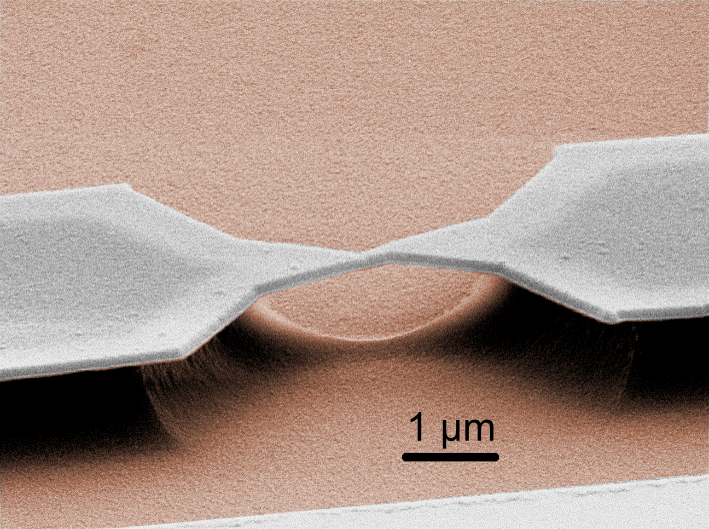
Superconductors are characterized by a dissipationless current. Since the work of Josephson in 1962, it is known that a supercurrent can even flow through tunnel junctions between superconductors. This Josephson effect occurs in fact through any type of “weak link” between superconductors (a piece of non-superconducting material, a constriction …), but also in superfluids or Bose-Einstein condensates.
Although Josephson junctions have a broad range of applications, the usual description relying on the Josephson relations is in fact incomplete. The modern description of the Josephson effect, based on mesoscopic physics, shows that the junctions dynamics depends on an internal degree of freedom that has till very recently remained unexplored.
I will present experiments probing this physics, performed with the smallest possible junctions: one-atom contacts.